
Light Bulbs: How long do they last and when will they need replacing
Search
Main Article: Choosing the Right Light Bulb: Everything you Need to know
Are your Light Bulbs Really Cost-Effective?
The lifespan of a light bulb can vary significantly based on its type, technology, and usage patterns. Different types of bulbs last longer or shorter, not just because you use them for different amounts of time, but because the different technologies work differently.
Types of Light Bulbs
There are several types of light bulbs on the market today. The most common types include:
Incandescent Bulbs
Incandescent bulbs produce light by heating a filament until it glows. They generally last around 1,000 hours (approximately 1 year based on normal use of 3 hours a day). While they provide warm light and are inexpensive upfront, they consume more energy and have a shorter lifespan compared to newer technologies.
Halogen Bulbs
Halogen bulbs are a type of incandescent bulb that uses halogen gas to increase light output and efficiency. They typically last about 2,000 hours (around 1.5 years based on normal use of 3 hours a day). Halogen bulbs produce a bright, white light and are more efficient than standard incandescent bulbs, but they can be hotter and more expensive.
Compact Fluorescent Lamps (CFLs)
CFLs use gas and phosphor to create light and are more energy-efficient than incandescent bulbs. They usually last around 7,000 to 10,000 hours (approximately 6 to 9 years based on normal use of 3 hours a day). Although they use less energy and last longer than incandescent bulbs, they may take time to warm up and can contain small amounts of mercury.
Light Emitting Diodes (LEDs)
LEDs produce light when an electric current passes through a semiconductor. They can last up to 25,000 to 50,000 hours (around 23 to 45 years based on normal use of 3 hours a day). LEDs are highly energy-efficient, durable, and available in various colors. While they tend to be more expensive upfront, they save money over time due to their long lifespan.
Integrated LED Fixtures
Integrated LED fixtures have built-in LED components, eliminating the need for separate bulbs. They last around 25,000 to 50,000 hours (approximately 23 to 45 years based on normal use of 3 hours a day), similar to standard LEDs. These fixtures offer a streamlined design and energy efficiency, but if the integrated LEDs fail, the entire fixture may need to be replaced. In contrast, traditional bulbs can be swapped out individually, which can be more cost-effective in the long run.
Average Lifespan Based on Usage
The lifespan of a light bulb can vary significantly based on usage. For an average daily usage of about 3 hours:
- Incandescent Bulbs: last about 1 year (1,000 hours).
- Halogen Bulbs: last approximately 1.5 years (2,000 hours).
- CFLs: can last between 6 to 9 years (7,000 to 10,000 hours).
- LEDs: can last from 23 to 45 years (25,000 to 50,000 hours).
What Happens to Light Bulbs Over Time?
As light bulbs age, their performance gradually diminishes. Here’s how different types are affected:
Incandescent and Halogen Bulbs
Incandescent and halogen bulbs generate light by heating a filament. Over time, this heating and cooling can thin the filament, leading to its breakage and the bulb burning out. Incandescent bulbs often fail suddenly, while halogen bulbs can dim over time as the halogen gas inside breaks down. Users may notice flickering or reduced brightness, indicating their impending failure. These bulbs, while providing warm light, have limited lifespans compared to modern technologies. The filaments can also be easily broken if the bulb is dropped or hit by other objects.
Compact Fluorescent Lamps (CFLs)
CFLs use gas and phosphor to produce light. As they age, users may notice flickering and dimming, along with a delay in brightness when turned on. Frequent on-and-off cycling can also lead to faster deterioration. Some CFLs may emit buzzing noises or change color temperature as they degrade. Their mercury content necessitates careful disposal, adding another layer of consideration for users.
Light Emitting Diodes (LEDs)
LEDs have a longer lifespan than incandescent or CFL bulbs. Instead of burning out suddenly, they experience lumen depreciation, gradually emitting less light over time. This reduction in brightness can occur due to factors like heat management and electrical fluctuations. However, LEDs are durable and can handle frequent cycling well. Users may notice a slow decrease in brightness, but they typically continue to function effectively for many years.
Integrated LED Fixtures
Integrated LED fixtures come with built-in LEDs, eliminating the need for separate bulbs. While this design is convenient, it means the entire fixture must be replaced if the LEDs fail. Like standard LEDs, integrated fixtures experience lumen depreciation, leading to dimming over time. Users may face the dilemma of replacing the whole unit if the LEDs fail early. While they offer longevity and efficiency, maintenance considerations for these fixtures are essential.
Replacing Burnt-Out Bulbs
When a light bulb burns out or stops working, it needs to be replaced promptly to maintain proper lighting in your space. This simple task is essential for ensuring safety and comfort in your home or office. Following a few straightforward steps will allow you to replace the burnt-out bulb safely and effectively, ensuring your lighting serves you well for the future.
- Turn Off the Power: Before you begin, ensure the light fixture is turned off. For added safety, you can switch off the circuit breaker that controls the fixture.
- Allow the Bulb to Cool: If the bulb has been on recently, give it some time to cool down to avoid burns.
- Remove the Old Bulb: Depending on the type of fixture, you may need to twist or pull the bulb out. For screw-in bulbs, turn it counterclockwise until it comes loose. For pin-based bulbs, gently pull it out of the socket.
- Inspect the Socket: Check the socket for any signs of damage or wear. If you notice any issues, it’s best to consult a professional electrician.
- Install the New Bulb: Take your new bulb and insert it into the socket. For screw-in types, turn it clockwise until it is snug. For pin-based bulbs, align the pins with the slots in the socket and push gently until it clicks into place.
- Restore Power: Once the new bulb is securely in place, turn the power back on at the circuit breaker and test the fixture to ensure the new bulb is functioning.
- Dispose of the Old Bulb Properly: Depending on the type of bulb, you may need to follow specific disposal guidelines, especially for CFLs, which contain mercury. Check local regulations for safe disposal methods.
Total Cost of Ownership Over 20 Years
Buying a light bulb is only part of the story. Some bulbs need replacing more often than others, which adds to the overall cost. Additionally, different bulbs use different amounts of electricity over time, which affects your electrical bill.
To calculate the total cost of ownership for each type of bulb over a 20-year period, we need to consider both the initial purchase cost and replacement costs. Assuming a daily usage of about 3 hours:
- Incandescent Bulbs: You would need about 20 replacements over 20 years, costing around $30 total (at approximately $1.50 each).
- Halogen Bulbs: Expect to replace about 10 bulbs over 20 years, resulting in a total cost of around $70 (at about $7 each).
- CFLs: You would typically need to replace 3 to 4 bulbs over 20 years, leading to a total cost of approximately $30 (at about $7.50 each).
- LEDs: Since they can last the entire period, you would only need to purchase one bulb over 20 years, costing around $10-15 (at approximately $10-15 each).
- Integrated LED Fixtures: If considering replacement for fixtures over 20 years, the cost would be around $50, but the fixture itself might have to be replaced unless the electrical parts can be separately replaced, which may require additional work and expense, and in the worst case, mean replacing the whole fixture.
In Summary
Various types of light bulbs include incandescent, halogen, CFL, LED, and integrated LED fixtures, each with different average lifespans and degradation factors.
Incandescent bulbs last about 1,000 hours, halogen bulbs about 2,000 hours, CFLs approximately 7,000 to 10,000 hours, and LEDs can last between 25,000 to 50,000 hours.
Integrated LED fixtures also last around 25,000 to 50,000 hours but may require the replacement of the entire fixture if the LEDs fail. The total cost of ownership over 20 years shows significant savings with LED bulbs.
Using plug-in LED bulbs is advisable due to their longer lifespan, energy efficiency, and cost-saving benefits over time. You'll need to replace them far less often, and overall cost of ownership is the lowest of all bulb types, even if they cost more up-front.
Learn more about Light Bulbs
The different types of light bulb technologies
Choosing the right light bulb base for the socket
How to safely screw in various kinds of light bulbs
The different shapes of light bulbs
Smart Bulbs, their benefits and features
How to find the brightness of a light bulb
The different colors of bulbs, warm white, cool white and more
What are Full Spectrum and Natural Daylight bulbs?
What is Color Rendering Index (CRI), and why does it matter
How to avoid glare and harsh light
Wattage, what is it and does it matter?
When light bulbs get hot take safety precautions
How long do they last and when will they need replacing
How much do they really cost to run?
Explore Topics

Table of Contents
Light Bulbs: How long do they last and when will they need replacingAre your Light Bulbs Really Cost-Effective?Types of Light BulbsAverage Lifespan Based on UsageWhat Happens to Light Bulbs Over Time?Replacing Burnt-Out BulbsTotal Cost of Ownership Over 20 YearsIn SummaryLearn more about Light BulbsCommentsShopping Ideas
Trending
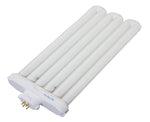
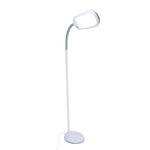

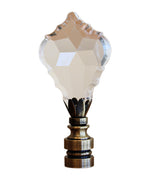

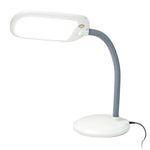




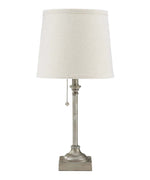


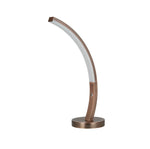
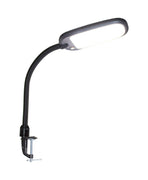


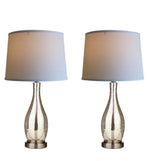
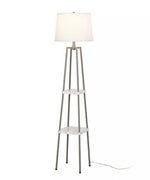










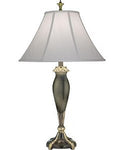

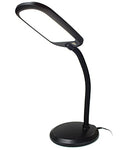


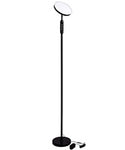

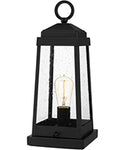
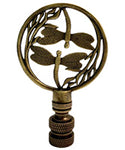
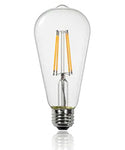
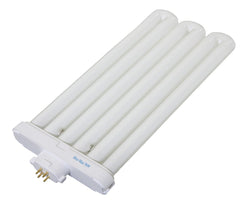
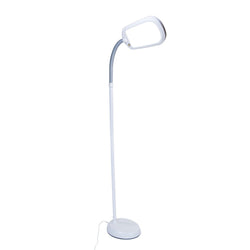
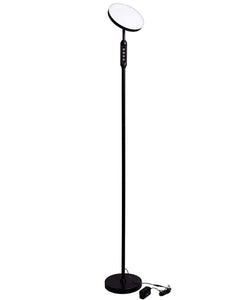
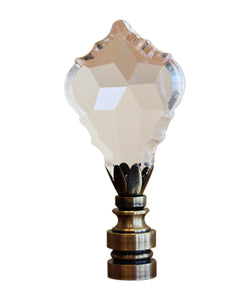
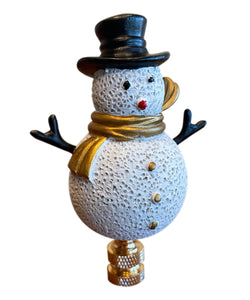

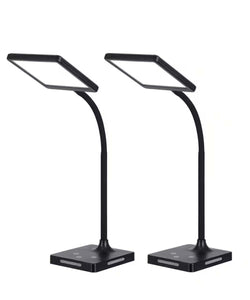

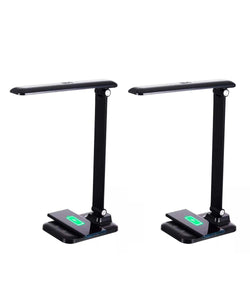


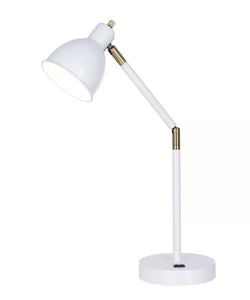
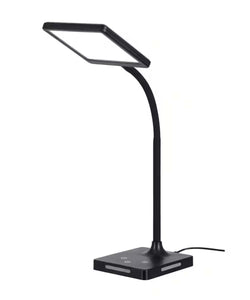

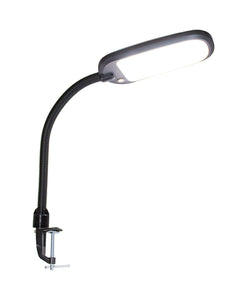

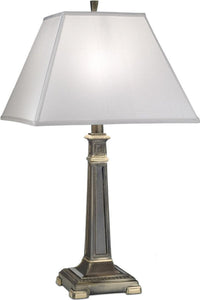

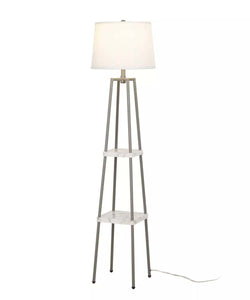
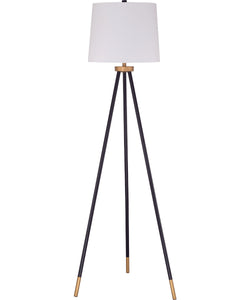
Comments